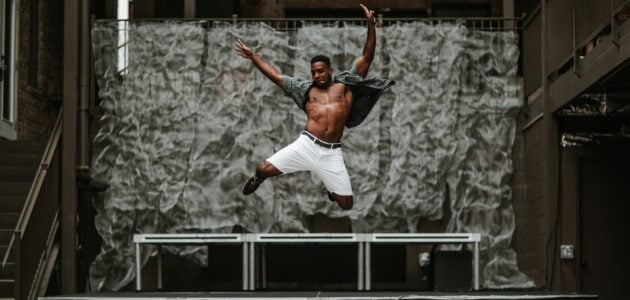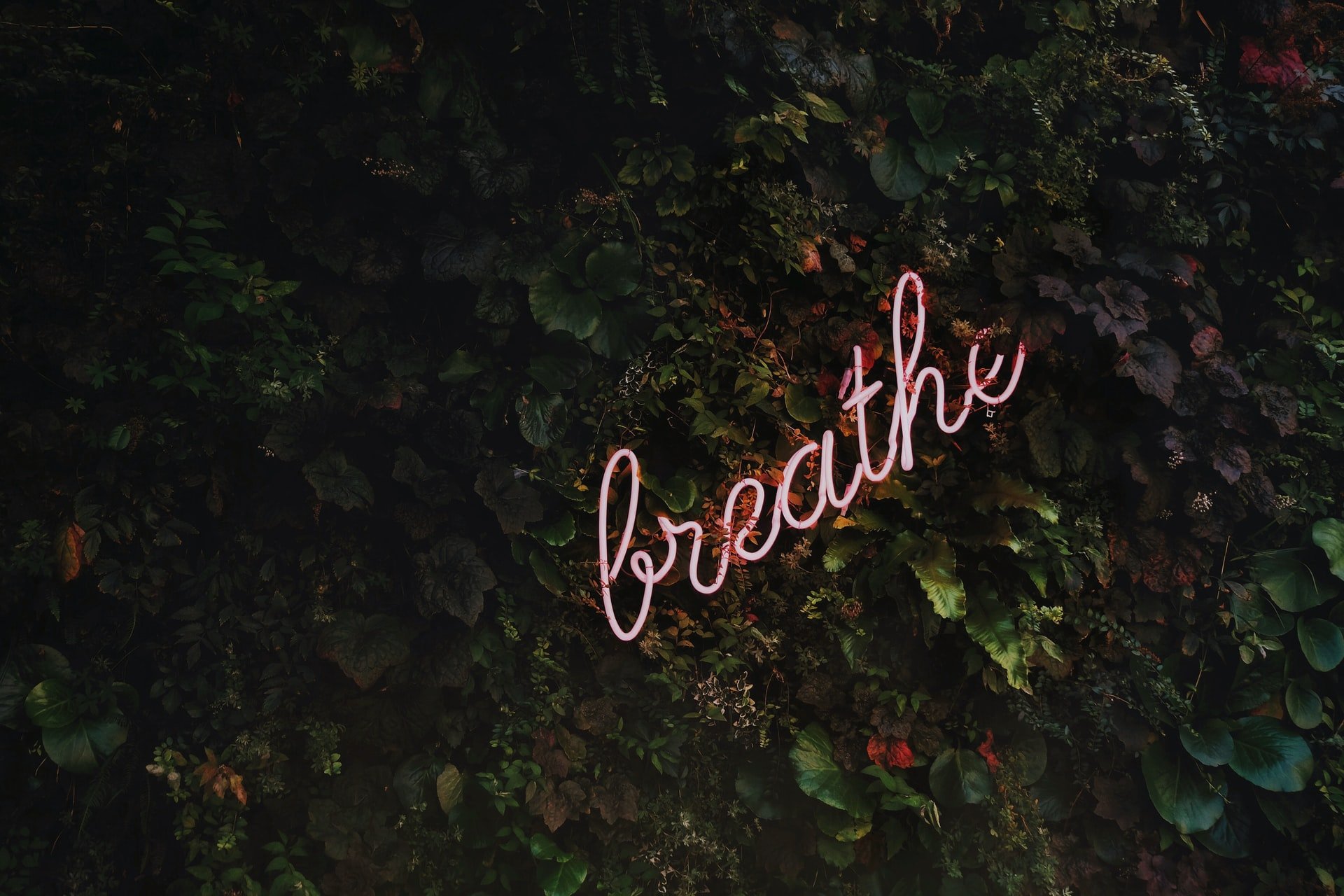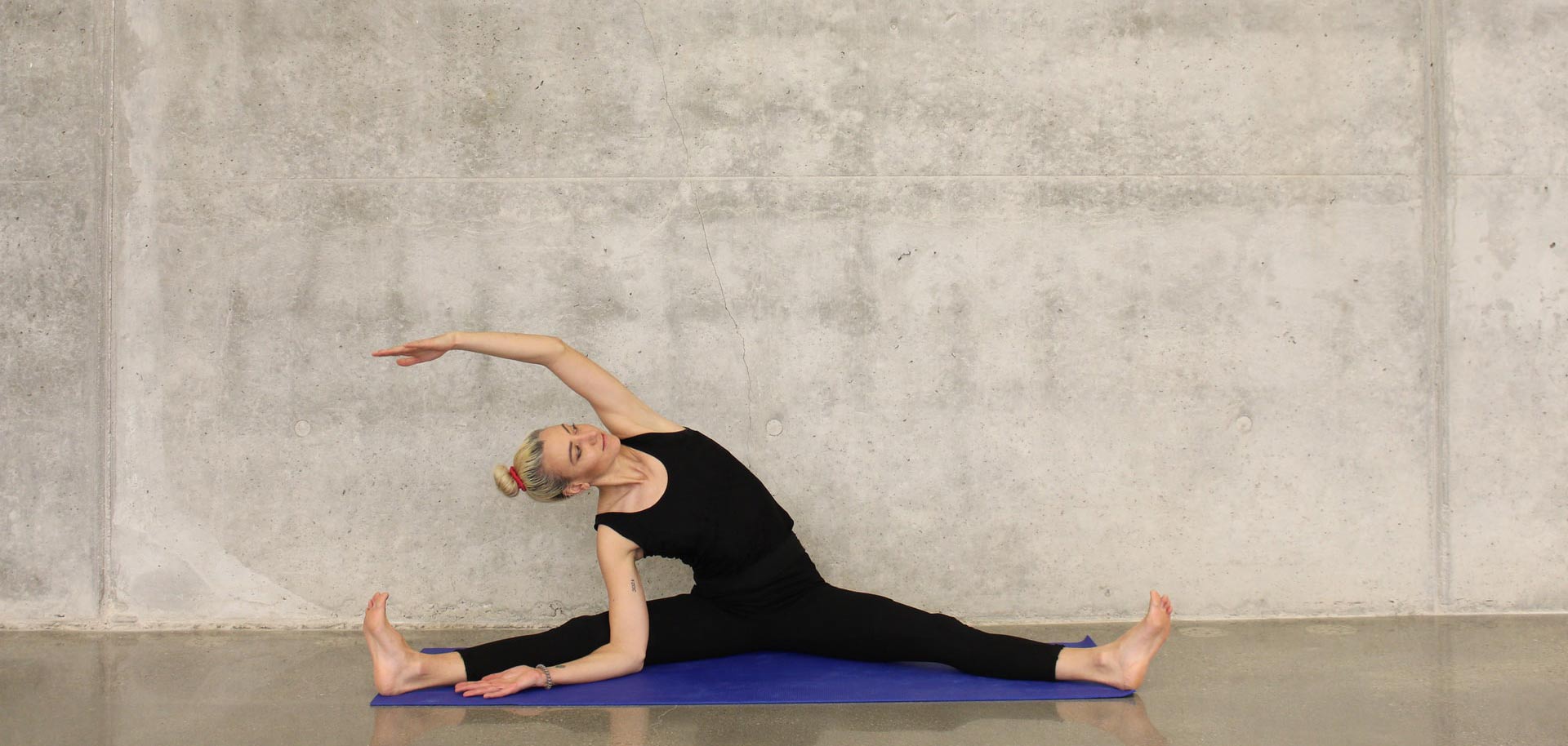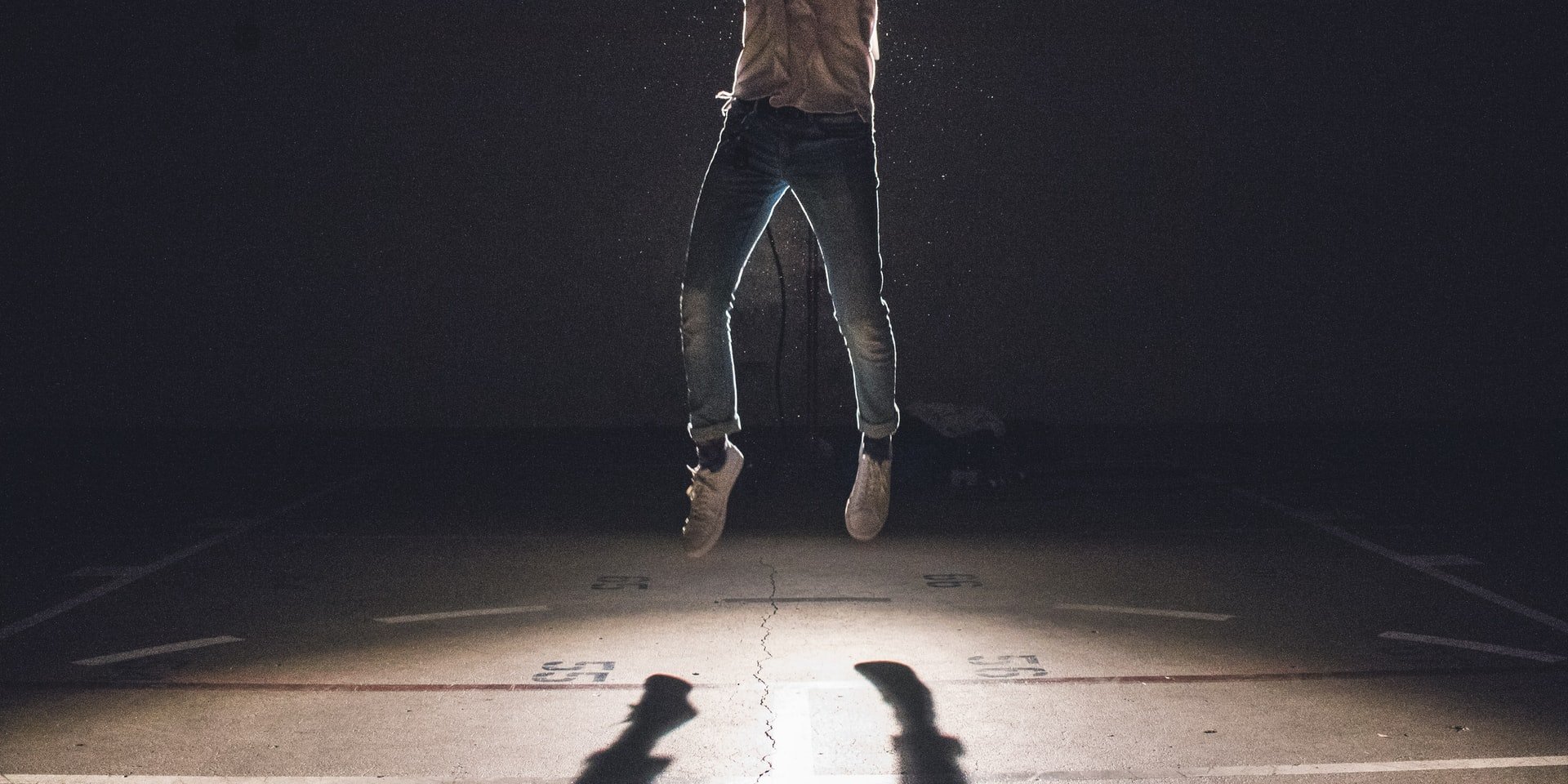
Theatre Warm Ups
Theatre Warm Ups for the Entire Cast
Acting on stage is a team sport: anyone that tells you otherwise is probably a diva. Everyone in a cast has different roles—different jobs to do—but everyone is working together for the same reason and with the same goal in mind. Just like a sports team, the success of an on-stage ensemble is all about connection, energy, interaction and communication. That is what the audience is there to see, and what the cast must invest in to carry the show. A single actor can have an outstanding performance in a bad show (which is not to say they’ll single-handedly redeem the experience). A strong ensemble, however, will work together to make everybody look good. Be a team player
All sports teams warm-up before a game to make sure they are working well together; before we extend this sporting metaphor way beyond its welcome, here are a list of exercises a cast can do together before a show to build teamwork. Let’s kick this off (sorry)!
Own The Space
Before we talk specific warm-ups, let’s have a brief chat about the warm-up space. This can be the stage itself, the dressing room or even an empty rehearsal space if you’re lucky enough to be in a larger venue. As the actors, look for somewhere you can make some noise and not be disturbed; if you’re a director/producer/stage manager reading this, try to provide an adequate warm-up space for your actors.
Every actor has a different method for warming themselves up and preparing for a show. Some will stretch and roll about on the floor, others go quiet and mutter to themselves in a corner. In every cast, it’s union regulation that one actor wanders around the space making strange siren-call wails like a flamboyant fire alarm. Before you get into the group stuff, everybody the chance to do some individual preparation first. This shows a general respect for each actor’s singular process, and helps them feel confident about their own ability before working on their place in the ensemble.
Vocal Warm Up

There’s nothing like a good vocal warm-up to get yourself ready for a show, so why not do some of this as a team? Actors in Musical Theatre will know the importance of a good group sing before a show to get everyone on the same page, but it can often be neglected by non-musical-theatre actors. The above link to our Vocal Warm-up page has a tonne of great exercises for you to look over; all the same, here’s a few that are particularly helpful in a group setting.
Breathing — Start with some deep breathing from the whole ensemble: in through your nose, out through your mouth. This is not only a great precursor to more rigorous vocal work, but a lovely way to calm and focus the group and bring them all together.
Humming — You can do this in a circle or in a straight line—facing the back wall of the theatre to get you thinking about projection. Drop your jaw, feel the resonance fill your mouth and tickle your nose. For an added step, choose a moment as a group when you open your mouths (by dropping those jaws) and start to sing. It should sound like “MmmmmmmmaaaaAAAAAAH.” If you’re in a circle, “Mah” to somebody else. If you’re in a straight line, imagine your “Mah” hitting the back wall and painting a big, red dot with its resonance and warmth.
Ambulance wails — Okay, yes, we made fun of these in the last section, but they’re a great way to work on your strengthening the highs and lows of your range, as well as working on vocal projection. You can hum or ‘sing’ these as well, depending on how much noise your warm-up space can take.
Tongue Twisters — Move from projection to articulation with some tongue twisters. We’ve rounded up some favourites here on StageMilk (including some other articulation must-dos), but it’s always great to step into a rehearsal room or backstage area and learn some new ones from your cast. You might even like to have a cast member teach a favourite before each performance!
Group Sing — You don’t have to be warming up for Hamilton t0 enjoy the benefits of an ensemble group-sing before a show. It’s a great way to warm up your voice, and requires everybody to be on the same page creatively as well as focus-wise. Pick something fun, simple, and not too challenging: save Bohemian Rhapsody for post-show drinks.
As with the tongue twisters, it can be really rewarding to have a different actor from the cast lead a vocal warm-up session at least once. If not, you can agree on a set list and go through them together. Pre-recorded guided vocal warm-ups can be found online with a bit of searching if you want something more codified, including our own collection of essentials which can be found here: vocal warm-up exercises.
Physical Warm Up

A physical warm up is another integral part of a warm up. Just like with vocal warm-ups, people will have their own rituals they need to do to feel ready, but partnered stretching is useful for warming up the body, and fostering communication and connection within the cast. Below are a couple of stretches and exercises to do in partners.
Articulation Exercises — While these probably count more as vocal warm-ups than physical, they can be a good bridge between working on your voice and addressing the rest of your physicality. Practice consonant sounds, chew imaginary gum, stretch and constrict your lips with “Lion Mouth/Lemon Mouth” and clean your teeth with your tongue. For more detail, check out our dedicated page on articulation exercises.
Spinal Roll — A classic group warm-up. Led by one cast member, ask each actor to think of a golden thread that extends from the tops of their heads, pulling their spine up nice and straight. On cue, the thread is ‘cut’, and everybody has to roll their spines down—leading with their heads—until they are completely bent over, touching their toes or swaying their arms over the floor. This starts with a painfully slow count of 16, at which point they return to their standing position with an identical count. Each time, the time spent going down and up is halved: 8, 4, 2 and finally 1. It’s a great stretch that wakes the body up and improves posture.
Rib Stretch — Stand facing your partner and hold onto each other’s wrists firmly. Counter-balancing, step one leg back and lean back away from each other so you are bent at the hips with your arms stretched out—still connected with your partner. Make sure you are stable, and feel your partner’s weight and angle, to provide equal and opposite pressure back, moving your torso to reach a strong stretches all along the rib cage. Keep moving positions to move the stretch, the whole while staying in counter-balance.
Beat down — A very quick, simple and satisfying exercise. Lean to the side to stretch your ribs on one side, whilst your partner with slightly cupped hands ‘beats’ all up and down the rib cage. Roll to the front, whilst your partner continues ‘beating’ the ribs, not touching the spine, and roll up to stretch the other side of your ribcage. Swap with your partner and repeat.
Ice Sculptures — One person calls “Freeze!” to start this warm-up; the rest have to pose like ice sculptures at a fancy party. Then, counting backwards from 16, each sculpture has to ‘melt’ until they become puddles on the ground. Repeat, as with the Spinal Roll exercise, at a count of 8, 4, 2 and finally 1. This exercise is not only a physical warm-up, but a great way of finding focus and bringing awareness to one’s body.
N.B. As with all physical work in acting, listen to your body and don’t push yourself beyond your own ability. Be safe, and learn to look for examples of strain and stress in others: don’t push your stretching partner if they look as though they’re at their limit.
Energy Warm Up: Receive and Pass
Once everyone has their voice and bodies warmed up, you can build connection and energy. This exercise is for the whole cast. Everyone is moving around the space. Someone starts by ‘throwing’ a click clearly at someone. You then ‘catch’ the click by clicking yourself, before clicking to throw it to the next person. The aim is to do this at great speed. You have to stay focused and present, following who has the click and throwing clearly to someone specific, whilst moving around the space.
As an extension, you can replace the clicks with words, if you like. In my experience, the sillier or cruder the better to make it fun, as long as it stays fast and focused. If you choose to use words, make sure you have a ‘catch’ word and ‘throw’ word.
Try to make the words connect in some way. For example play – theatre; theatre – actor. Word association!
Lines: Speed Runs
Speed runs of scenes work really well to get the team on task. This shouldn’t be used to ‘rehearse’ scenes, this should be used to churn through lines at lightning pace to establish focus, and reaffirm the muscle-memory of the learned lines.
Group scenes, or tricky scenes with overlaps are great to do this for. Ditch the blocking and don’t focus on intentions and performance, just churn through the scene as quickly as you can. If it starts lagging, start moving faster around the space or jumping on each others cues to drive the pace up.
Lines: Circle Work
This exercise is a tricky one, and requires a lot of focus and a strong knowledge of the text, but if you are warming up for a performance, this shouldn’t be a problem! It can also be a lot of fun if done right.
Stand with your cast in a circle. Someone jumps into the middle with a line, any line, from anywhere in the play, as long as it is a cue line for another actor. From this line, continue to play out the scene from that point in the middle of the circle. Keep it rolling until a line or moment inspires another actor on the outside of the circle to feed a new line from a different point in the play, and reset the action in the middle of the circle. When the reset happens, the action should be picked up immediately from the new cue line by the cast.
This exercise really gets you thinking fast, as you have to make links between subject and scenes and be ready to jump into any point of the play at any time, with your lines ready to go.
Team Building: Acting Games!
Finally, you might consider running some classic drama/acting games as an ensemble. Dust off your “zip zap zoom” focus, your “Bang!” reflexes, your “Space Jump” improv skills or your “Ninja” ability to hit your colleagues very quickly on the hands. This might seem like a strange practice for a professional ensemble to do, but remember that many of our foundational skills were built in playing these very games: take it as a fun opportunity to challenge and enjoy yourselves before entering ‘work mode’ for the night.
Conclusion
For a play to work, it requires a collective effort. Actors need to come together to tell a story. Doing a thorough group warm up helps get the most out of each actor and is definitely worth the 5 or 10 minute investment every night. Whatever you end up doing, don’t forget to end the session by saying a genuine “break a leg” (or “chookas”) to each other. Not everyone has to get along socially, but that doesn’t mean you can’t work well together. Every member of the team must have confidence that they can deliver a great performance, so wish each other a good show every show and that confidence and respect will find its way on stage.


Leave a Reply